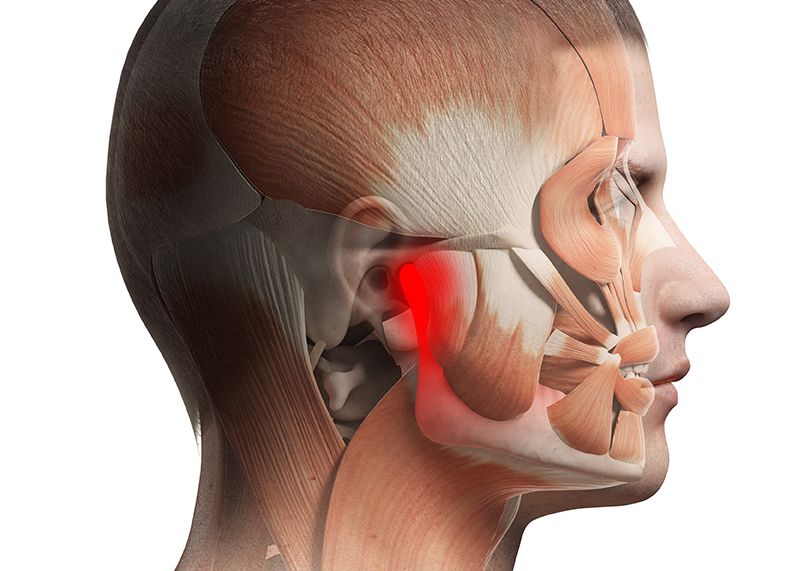Temporomandibular joint (TMJ) disorders can cause significant pain and discomfort. While non-surgical treatments are often the first line of defense, surgical options may be necessary for certain cases. In this informative blog, we will explore the surgical options available for TMJ treatment and discuss when they are considered appropriate.
Understanding TMJ Disorders:
Before discussing surgical options, it is important to understand TMJ disorders. These conditions affect the joints and muscles that control jaw movement, leading to symptoms such as jaw pain, clicking or popping sounds, limited jaw movement, and headaches. Non-surgical treatments like lifestyle modifications, oral appliances, and physical therapy are typically tried first.
Arthroscopy:
Arthroscopy is a minimally invasive surgical procedure used to diagnose and treat TMJ disorders. It involves inserting a small camera, called an arthroscope, into the joint space to visualize the area. Through additional small incisions, surgical instruments are used to remove damaged tissue, repair ligaments, or address structural abnormalities. Arthroscopy is effective for certain TMJ conditions, especially those that involve internal joint problems.
Open Joint Surgery:
Open joint surgery is a more invasive procedure that involves creating a larger incision to access the TMJ joint directly. This type of surgery is typically considered when there are structural issues within the joint, such as severe joint damage, dislocation, or the presence of bone abnormalities. During open joint surgery, the surgeon can perform more extensive repairs or reconstructive procedures to address the underlying problem.
Total Joint Replacement:
In severe cases of TMJ disorders, where conservative treatments have been unsuccessful, total joint replacement may be necessary. This procedure involves removing the damaged joint and replacing it with an artificial joint. Total joint replacement is considered a last resort option and is typically reserved for patients who have severe joint deterioration and functional limitations.
Recovery and Rehabilitation:
Following TMJ surgery, proper recovery and rehabilitation are crucial for successful outcomes. The specific recovery process will vary depending on the surgical procedure performed. Patients may need to follow a soft food diet, practice jaw exercises, and attend physical therapy sessions to regain jaw function and strength. Regular follow-up visits with the surgeon are essential to monitor progress and address any concerns.
Considering Surgical Options:
The decision to pursue surgical treatment for TMJ disorders is made on a case-by-case basis. Factors such as the severity of symptoms, the presence of structural abnormalities, and the failure of non-surgical interventions influence this decision. A thorough evaluation by an experienced oral and maxillofacial surgeon or a TMJ specialist is necessary to determine if surgery is the appropriate course of action.
The Bottom Line
While non-surgical treatments are often effective for managing TMJ disorders, surgical options may be necessary in certain cases. Arthroscopy, open joint surgery, and total joint replacement are surgical interventions that can address specific TMJ issues. If conservative treatments have failed to provide relief and symptoms persist, it is important to consult with a qualified specialist to explore surgical options. The decision to undergo surgery should be based on a comprehensive evaluation and a thorough understanding of the benefits and risks involved. With appropriate surgical intervention and proper post-operative care, individuals with TMJ disorders can find relief and regain optimal jaw function.




